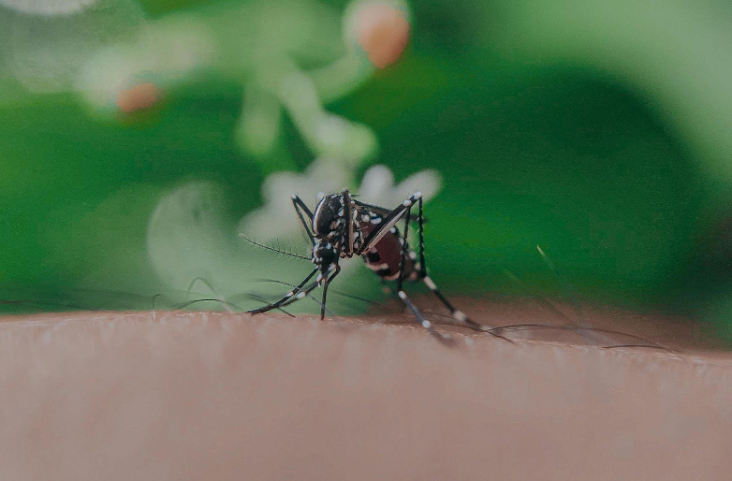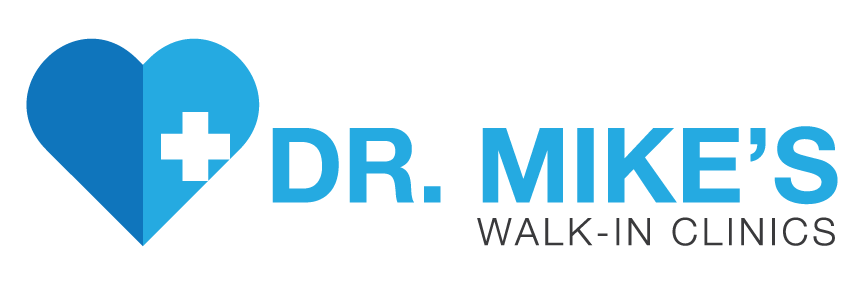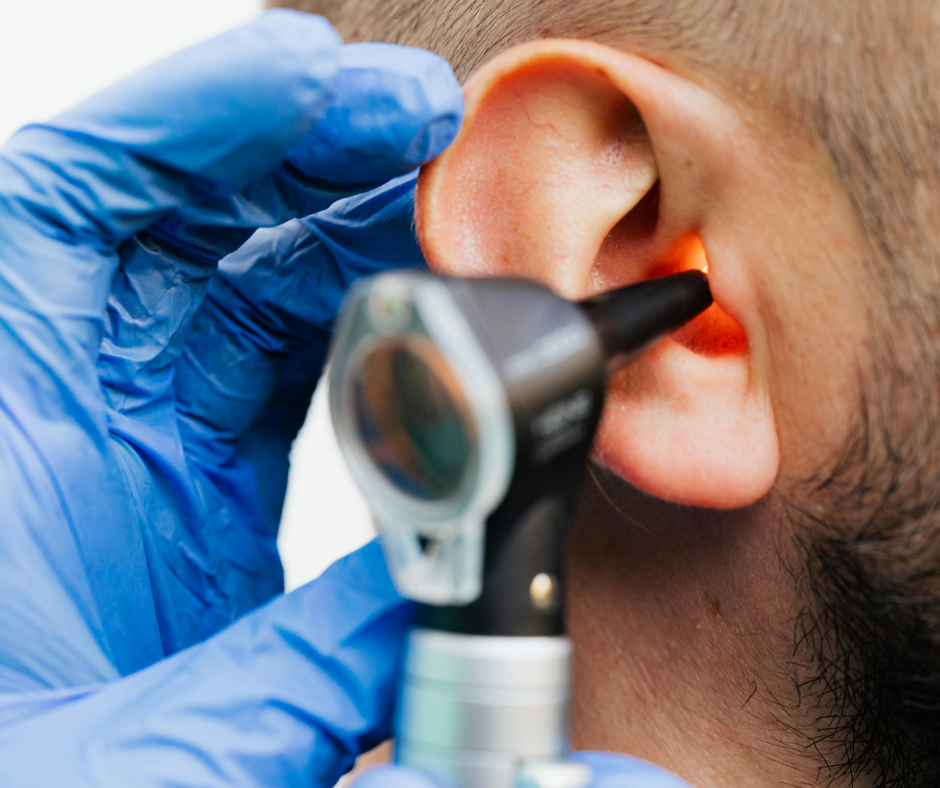Our Blog
Bug Bites and Stings: When to Seek Medical Attention for Insect-Related Reactions

Spending time outdoors is great for fresh air and sunshine, but it also comes with the risk of bug bites and stings. While most insect bites cause mild irritation, some reactions can be more serious.
Here are some tips to keep in mind to help prevent complications and make sure you get the care you need if you receive a bite or sting while outside.
Common Reactions to Bug Bites and Stings
Most insect bites and stings lead to minor symptoms like redness, itching, and mild swelling. Mosquito bites, for example, usually leave behind small, itchy bumps that resolve within a few days. Bee stings can cause localized pain and swelling, while ant bites may result in small, blister-like sores. These reactions, although annoying, are typically harmless and do not require medical treatment.
However, some people experience exaggerated reactions, including significant swelling or pain that lasts for several days. If a bite or sting appears to be worsening instead of improving, it may be a sign of infection or an allergic response that needs medical attention.
Signs of a Severe Allergic Reaction (Anaphylaxis)
For some individuals, a bug bite or sting can trigger a life-threatening allergic reaction called anaphylaxis. This condition requires immediate emergency care. Symptoms of anaphylaxis can develop rapidly and include difficulty breathing, swelling of the face or throat, dizziness, rapid heartbeat, and a feeling of impending doom. Some people may also experience nausea, vomiting, or a drop in blood pressure that leads to fainting.
If you or someone else experiences these symptoms after a bite or sting, seek emergency medical care right away. Delaying treatment can be dangerous, as anaphylaxis can escalate quickly. Those with a history of severe allergic reactions should always carry an epinephrine auto-injector and use it at the first sign of a reaction before heading to the nearest medical facility.
When an Insect Bite or Sting Becomes Infected
Even minor bites and stings can become infected if bacteria enter the wound. Signs of an infection include increasing redness, warmth, swelling, and pus drainage from the bite site. If you notice red streaks spreading from the area or develop a fever, this may indicate a more serious infection, such as cellulitis.
Infections from insect bites can worsen without proper treatment. If an infected bite is not improving or is getting worse, seek
medical care. Antibiotics may be necessary to clear the infection and prevent complications.
Reactions That Require Medical Attention
Not all concerning reactions are due to allergies or infections. Some insect bites and stings can cause systemic reactions that require medical evaluation. A large local reaction, where swelling extends beyond the bite site (such as an entire limb swelling after a bee sting), may need treatment to reduce inflammation and discomfort.
Certain insects also carry venom that can cause more serious symptoms. For example, black widow spider bites may lead to muscle pain, cramps, and sweating, while brown recluse spider bites can cause tissue damage that worsens over time. If you suspect a bite from a venomous insect or spider, seeking medical care promptly can help manage symptoms and prevent complications.
Tick Bites and Disease Concerns
Ticks are more than just a nuisance; they can transmit serious diseases, including Lyme disease and Rocky Mountain spotted fever. If you find a tick attached to your skin, removing it as soon as possible can help reduce the risk of infection. However, if you develop a rash (especially a bullseye-shaped rash), fever, fatigue, or joint pain in the weeks following a tick bite, it’s important to see a doctor. Early treatment with antibiotics can prevent long-term health issues associated with tick-borne illnesses.
Stings from Bees, Wasps, and Hornets
Most people experience only temporary pain and swelling from bee, wasp, or hornet stings. However, multiple stings or stings in sensitive areas, such as the mouth or throat, can be dangerous. If swelling affects breathing or swallowing, seek emergency medical attention immediately.
Some people have severe allergic reactions to these stings, which can lead to anaphylaxis. Even if a past sting only caused mild symptoms, a more serious reaction can develop with future stings. If you have ever experienced hives, swelling, or breathing difficulties after a sting, talk to a doctor about carrying emergency allergy medication.
Bites and Stings That Cause Delayed Reactions
Not all insect-related reactions happen immediately. Some bites and stings can cause delayed symptoms that develop hours or even days later. For example, certain spider bites, like those from a brown recluse, may not appear serious at first but can lead to skin damage over time. Some mosquito-borne illnesses, such as West Nile virus, can cause flu-like symptoms days after the bite. If you notice unusual symptoms developing well after a bite or sting, it’s a good idea to seek medical advice to rule out any underlying complications.
Preventing Bug Bites and Stings
Avoiding bites and stings is the best way to prevent reactions. Using insect repellent, wearing long sleeves and pants in wooded or grassy areas, and staying away from known insect nests can help reduce exposure. If you’re allergic to insect stings, be extra cautious outdoors and consider allergy shots to reduce sensitivity over time.
If a bite or sting does occur, washing the area with soap and water, applying a cold compress, and taking antihistamines can help manage mild symptoms. However, if you notice severe symptoms or signs of infection, don’t wait to seek medical care.
Bug bites and stings are common, but they’re not always harmless. If you’re experiencing signs of an allergic reaction, infection, or unusual symptoms after a bite or sting, visiting a doctor can provide peace of mind and proper treatment. At
Dr. Mike’s Walk-In Clinics, we’re here to help with fast, reliable care when you need it most. Make the safe choice and
come see us today for expert medical attention!



